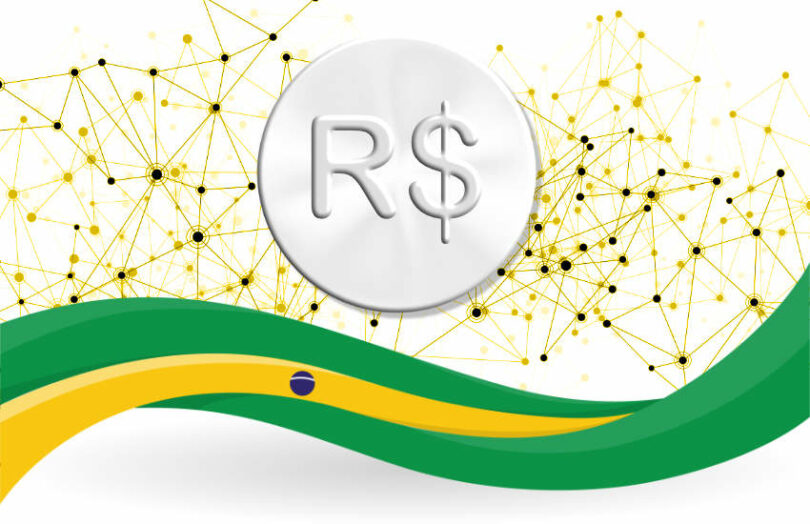This week, the Banco Central do Brasil opened the registration for institutions to propose digital real pilot projects. The Central Bank will select up to ten banks and payment providers to perform a series of tests in a simulated environment. Proposals will be accepted until 12 May.
Digital real pilot
After the success of last year’s central bank digital currency (CBDC) competition, the Real Digital Lift Challenge, Brazil’s Central Bank recently announced the formal start of its digital real CBDC pilot.
The digital real is based on a distributed ledger technology (DLT) that targets interbank transactions, but retail access will be enabled through tokenized bank deposits. During the pilot, simulated transactions will focus on instant settlements at the wholesale and end-customer levels using a permissioned version of the Hyperledger Besu blockchain. The focus is on the settlement of financial transactions.
Due to operational reasons, only ten entities can participate, although the central bank could expand the number to as many as 20. The organizations will also have to bear any associated costs.
Pilot selection criteria
Participants will be invited to work in a collaborative environment coordinated by the central bank. “Given the complexity of this environment, it is very important to have well-defined and transparent rules and procedures,” said Bruno Batavia from the central bank’s currency department.
Participation is restricted to financial institutions that are part of the National Financial System Network. At this stage, the central bank isn’t looking for wild experimentation but something that fits the institution’s business models. And they’re looking for organizations with DLT and Ethereum experience, given Besu is Ethereum based.
Lastly, to ensure a diversified selection, the central bank will also consider factors such as the type of institution. It’s not restricted to banks but could include payment providers, some fintechs and financial market infrastructures. Other considerations will include the institution’s size and international profile. It will also look at the sort of transactions to be simulated.






